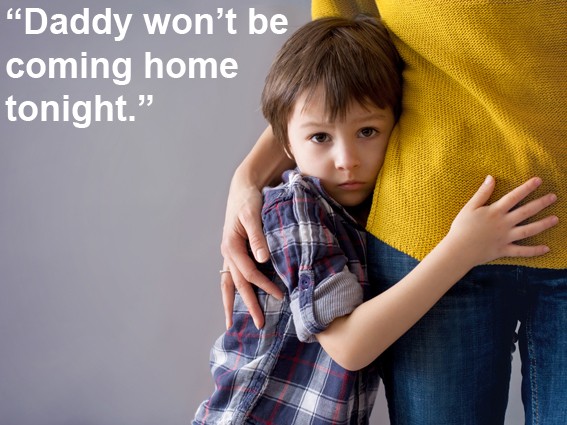Are you and your mum, dad, husband, wife, sister, or brother one of the 11,984,300 employed Australians heading off to work each week? Do you have nightmares about a police officer showing up at your door with a sombre expression, holding life altering news for either you or your family?
If you answered yes to either of these questions, you’ll know that the real reason workplace safety is so important is because getting home safely each night far outweighs the satisfaction of getting a job done quicker.
In 2016, 178 Australian families lost their loved ones because of workplace accidents, a number that we’re always fighting to lower, or in an ideal world, eliminate. 2017 isn’t looking much better, with 32 workplace fatalities since January 1st. Protecting yourself from harm in the workplace starts with identifying and eliminating risks. Here are some of the most common workplace accidents you should try to avoid.
Workplace Falls and Trips
Workplace falls, from either a low, or high heights, are one of the most common causes of workplace accidents in Australia. For instance, in January 2017, a 17-year-old boy fell 12-metres in a workplace accident, which claimed his life. Wesley Ballantine had been helping to install a glass ceiling at the new H&M store in Perth’s CBD, when the accident happened.
When working at heights, every worker should receive proper safety training and equipment. While Wesley Ballantine’s death is an extreme example of what could go wrong, roughly 6% of Australian workers are still injured when working at a height. It’s also a generally unknown fact that even falls that are less than a metre can cause a fatality, with 31% of fatalities that occur when falling from a height being from two metres high, or less.
On the other end of the spectrum, 10-15% of workers who take time off from work due to an injury have tripped over something. This highlights the importance for proper signage in the workplace, as well as people being aware of their surroundings and packing up their equipment/storing it properly, when it’s not in use.
Getting Hit by a Falling Object
Close to 30 employees are killed at work each year from falling objects, with this number continuing to rise. Even a spanner dropped from a small height can prove deadly. If the spanner was to weigh 1kg and fell from 4-metres, it won’t only cause an accident, it will also damage the equipment or materials that it hits. There’s no excuse for accidents of this nature, as there are plenty of lanyards and tethers that can be purchased to eliminate these risks.
Safe Work Australia is always enforcing the need for strict procedures to be in place, especially in the construction industry where large falling hazards may occur from objects stored at a height, or lifting operations.
Muscular Stress from Heavy Lifting and Manual Handling
In 2015, Safe Work reported that 40% of the employees who took time off work due to injury was because of muscular stress from manual handling.
Repetitive lifting, or unsafe lifting practices will often result in back pain and muscle fatigue. Proper training and supervision will go a long way in reducing the prevalence of muscular injuries.
Australia’s Highest Risk Industry
In June 2013, a commercial estuary fisherman tragically lost his life at Coila Lake, north of Narooma in a harrowing accident. The man went missing from his boat overnight, and it wasn’t until 10.45am the next morning that a Lifesaver rescue helicopter located the fisherman’s body.
The agriculture, foresting and fishing industry has the highest workplace fatality rate in Australia, despite the relatively small workforce. In light of this accident, The New South Wales Government held a series of information sessions as part of their efforts to improve safety levels in this industry.
This is just one example of how being made aware of the safety risks in any workplace, as well as being equipped with the proper safety equipment will help prevent and lower the rate of workplace accidents across the country.
Regardless of how much we love our jobs, it’s important for us to remember that our real life is waiting for us at home. To get home safely to your family, friends, or even your pet, don’t be an idiot – be safe at work.
To ensure your workplace is properly equipped with the best safety equipment, contact Safety Quip today.

Safety Gear - Workwear - Footwear - Site Safety
Meeting your safety obligations to your workforce is a serious business. Standards evolve, and it can be tough to keep abreast of them. So it’s great to know you have a partner in SafetyQuip – a business that makes it its business to know your safety issues, and stocks all the safety workwear and PPE you will need to address them.
At SafetyQuip, we stock every kind of safety equipment and PPE, including respiratory protection, HI VIS safety workwear, height safety and skin protection. We stock safety equipment for materials handling, with ladders, platforms and elevated work spaces. And we’ve got you covered for personal protective equipment for the feet, with waterproof and steel capped work boots, plus a range of accessories.
Read More